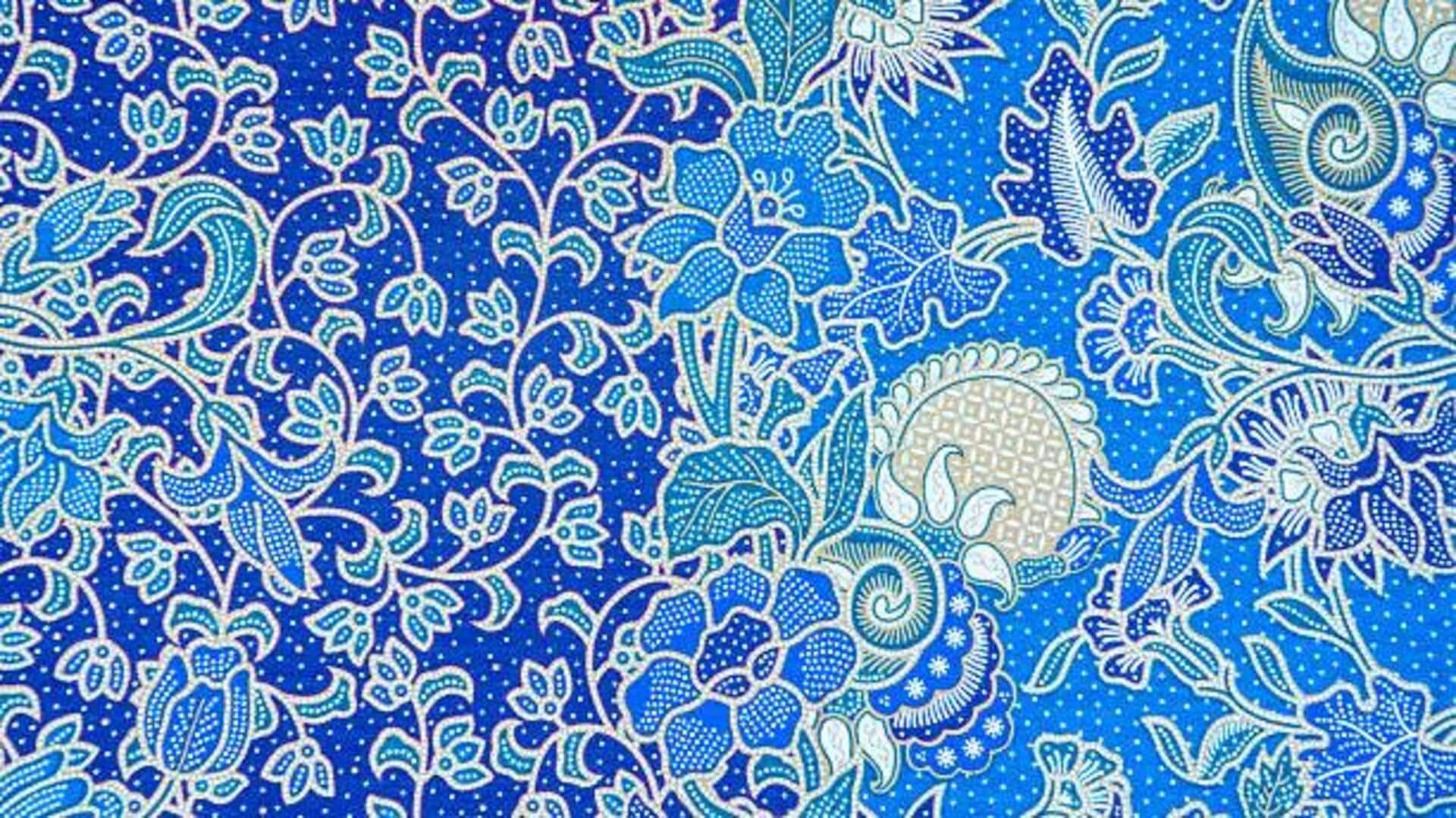
How to create batik patterns at home
What's the story
African batik patterns are famous for their colorful and intricate designs. The art of creating these patterns involves a unique process of wax-resist dyeing. This technique can be easily replicated at home with some basic materials and tools. By following simple steps, anyone can create beautiful batik designs that reflect the rich cultural heritage of Africa. Here's how you can get started with this traditional craft.
Materials needed
Gather necessary materials
To start creating batik patterns, you will need some basic materials. These include plain cotton fabric, beeswax or paraffin wax, a tjanting tool or paintbrush, fabric dyes in various colors, and a bowl of water. These items are easily available at craft stores or online. Having all these materials ready before starting will make the process smoother and more enjoyable.
Fabric preparation
Prepare your fabric
Before applying any design, it's important to prepare the fabric properly. First, wash the fabric to remove any finishes that may interfere with dye absorption. Next, iron it flat to eliminate wrinkles. Once done, lay out your desired pattern on the fabric using a pencil or chalk. This step ensures that your design is clear and precise before moving on to the waxing process.
Wax application
Apply wax for design
The next step is to apply wax on the areas you want to remain undyed. Use a tjanting tool or paintbrush to carefully apply hot wax onto the fabric according to your pre-drawn pattern. The wax acts as a barrier against dye, so make sure that each line is applied carefully without gaps or overlaps.
Dye application
Dye your fabric
After the wax has cooled and hardened, it's time to dye your fabric. Choose vibrant colors that are synonymous with African batik patterns. Submerge sections of your fabric in dye baths, or apply dye directly onto specific areas with brushes for more control over color placement. Let each color set before rinsing out excess dye under running water.
Final steps
Remove wax and finish design
Once all dyes have set completely, remove excess wax by placing paper towels over it and applying heat with an iron until absorbed by the towel. Repeat until all traces of wax are gone from the surface of the cloth. Finally, give your piece a final wash to ensure it's clean and ready to be displayed or worn as desired.